It had been in the making for a while, this dinner event, which was designed to launch Brockhaus, a culinary think tank with its current headquarters in Houston, Texas, and its roots the world over. The menu was developed and discussed a number of times, and once a venue was selected – and it was a perfect place for Brockhaus‘ premiere, a beautiful home owned by gracious people, Jared and Caroline Starry LeBlanc – all systems were go.
The team was in fine form; Chris Stanton an ideal sous, Isaac Johnson the consummate sommelier, and Angela Shah an impeccable hostess and all-around troubleshooter. We began prepping that morning (Saturday, September 27) around 11, starting with an asparagus purée, a chip for the salmon tartare, and corn and jalapeño fritters, and the hours passed agreeably. Chris and I have cooked together many times, as have Angela and I. Isaac, a friend whom I met since moving to Houston, shares my taste in wine, and his front-of-the-house talents are prodigious. He and I worked together seamlessly, and we all kept one another on form. Working with all of them felt just right.
The first guests arrived around 7 p.m., right on time, and we served them a Greek Brut Rosé to accompany the fritters, the beginning of some great pairings.
We had designed the evening to include a mingling period, and once all of the guests were there the brut flowed, as did the conversation, everyone assembled in front of the open kitchen. Isaac and I had the schedule under control, and we ushered the guests to the table on time, ready for the meal proper to begin.
As the menu above shows, it began with wild salmon tartare, and closed with pecan semifreddo and walnut cake. In between came scallops and spot prawns and clams, plus duck and rib eye. And more.
It is my observation that many people rush through their meals, not fully enjoying each taste, each bite. Not these guests. We spaced the courses well, and as midnight approached the conversation emanating from the dining room was as lively as it had been at 8 p.m. It pleased me mightily to hear the comments about the food Chris and I cooked, the various tastes of each plate. It pleased me greatly that these individuals sat around a table for nearly five hours and enjoyed the food and wine we served them. Here, one guest’s words:
Dear James and Angela: Thank you for an absolutely fantastic evening. The food was off the charts. We were amazed at the multiple layers of taste in each dish. I know you put a tremendous amount of work into the prep and cooking of the meal … it was apparent in the taste.
We also enjoyed the company of your guests. It was a most engaging evening of conversation. The only thing missing was having the two of you sitting with us during dinner.
Warmest regards,
Russ
Another wrote: Such an exciting night to share with so many great dinner companions. I can’t stop thinking about the incredible menu.
It was an honor to cook for all of them, and we look forward to seeing them again.
Brockhaus is planning its next dinner, and is looking for another great venue. Let us know if you would like to become involved.

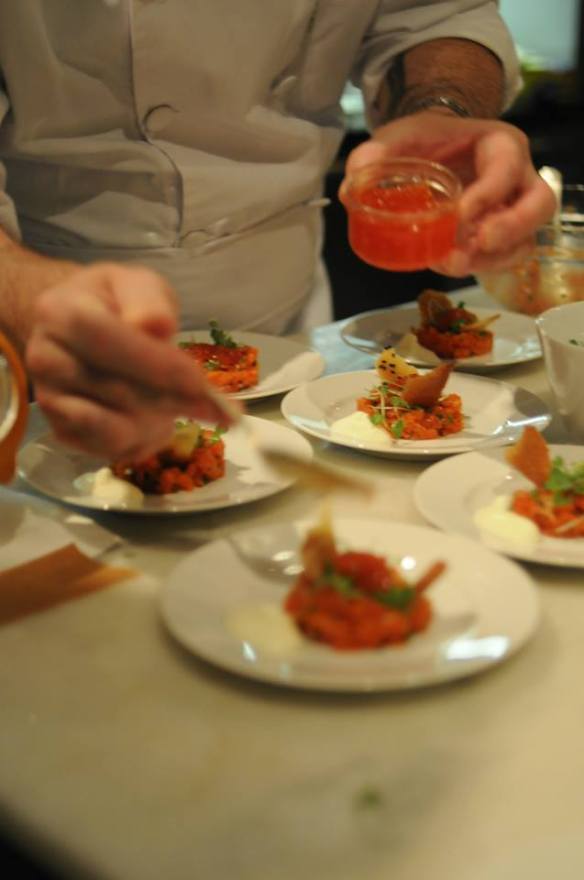


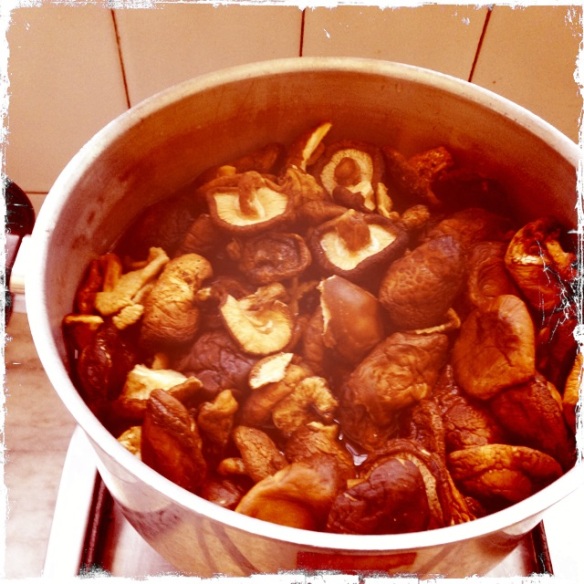
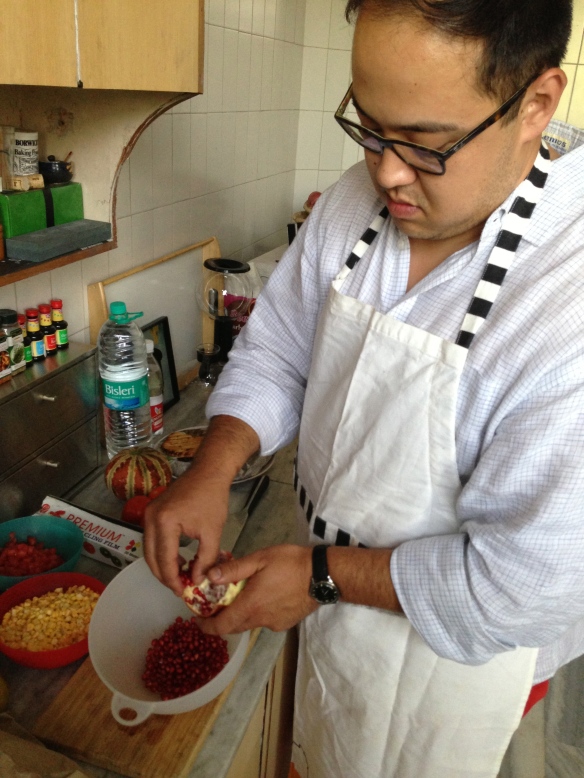
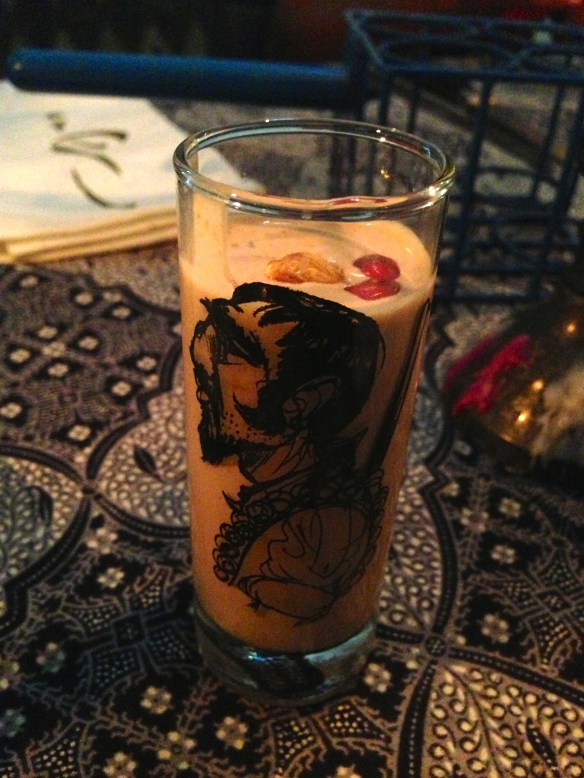
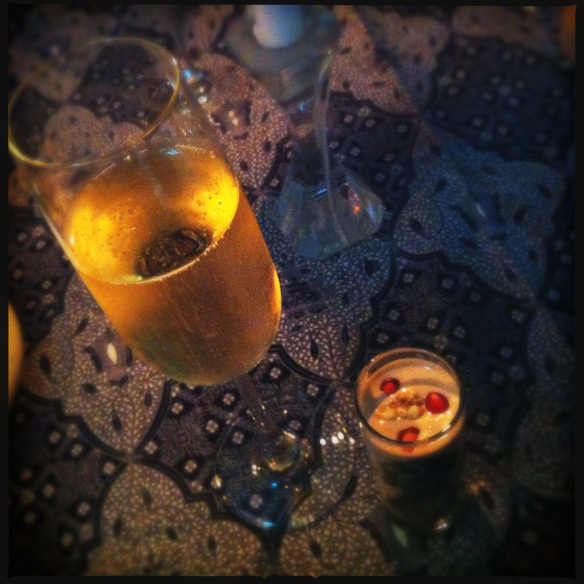
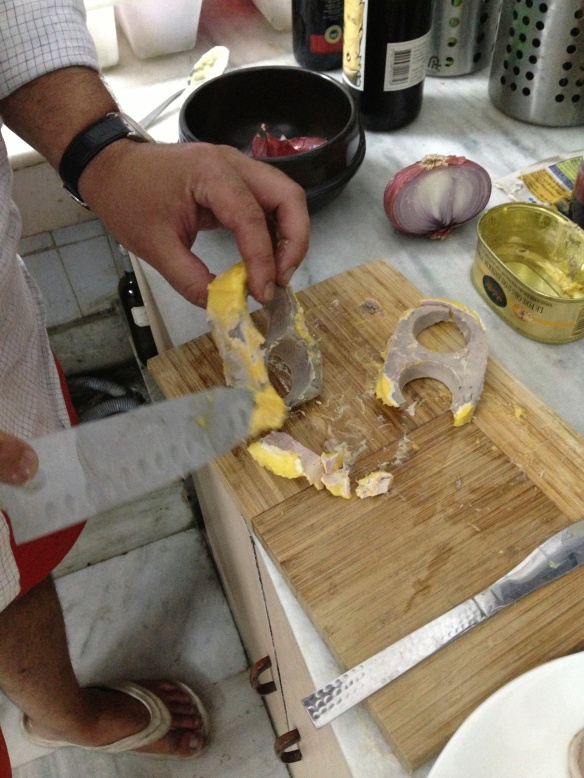
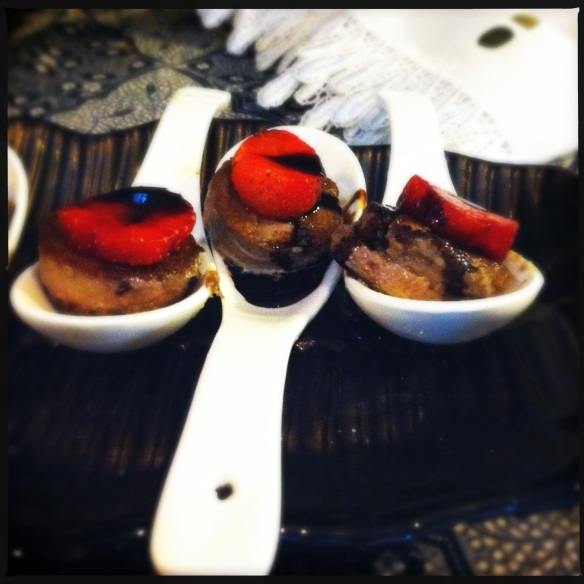
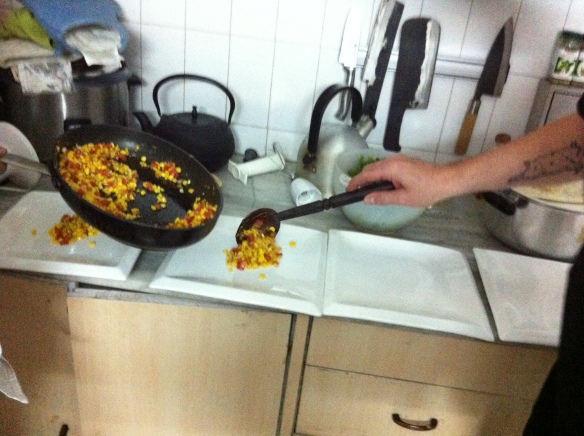
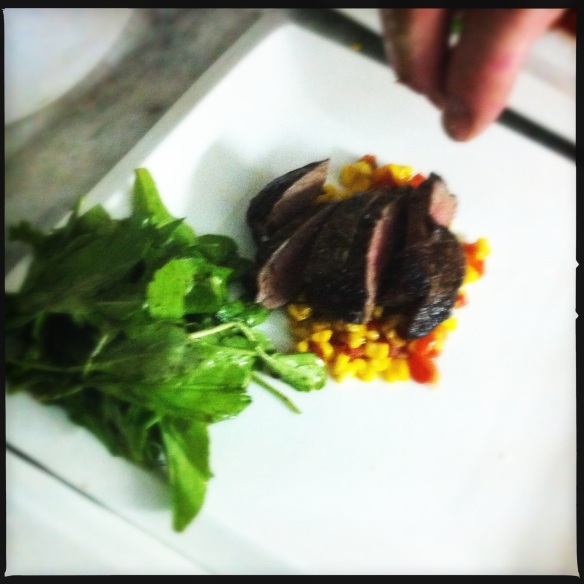

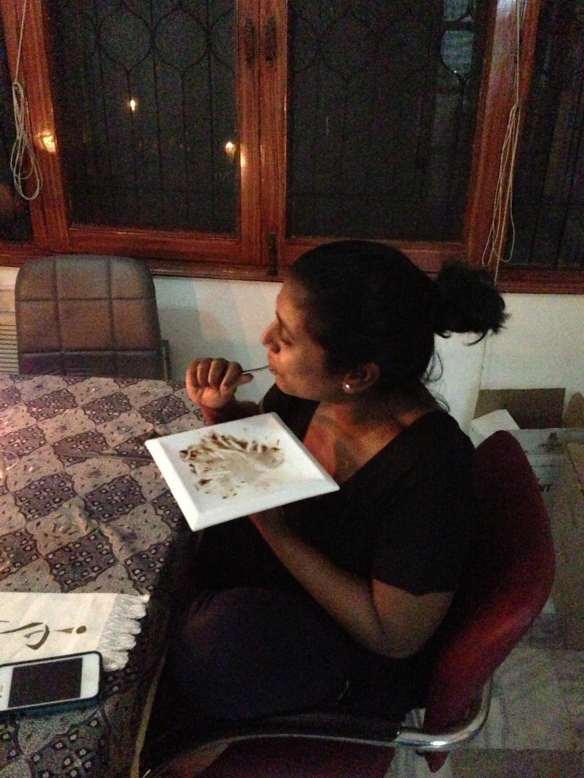

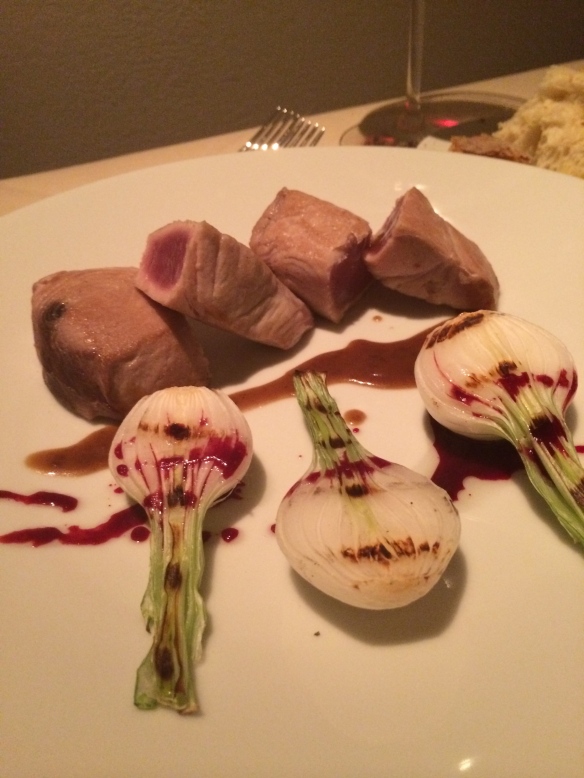
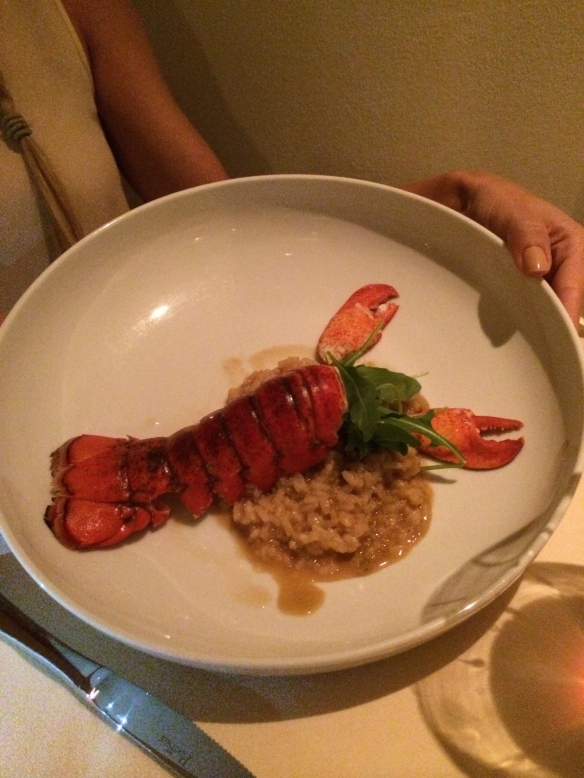
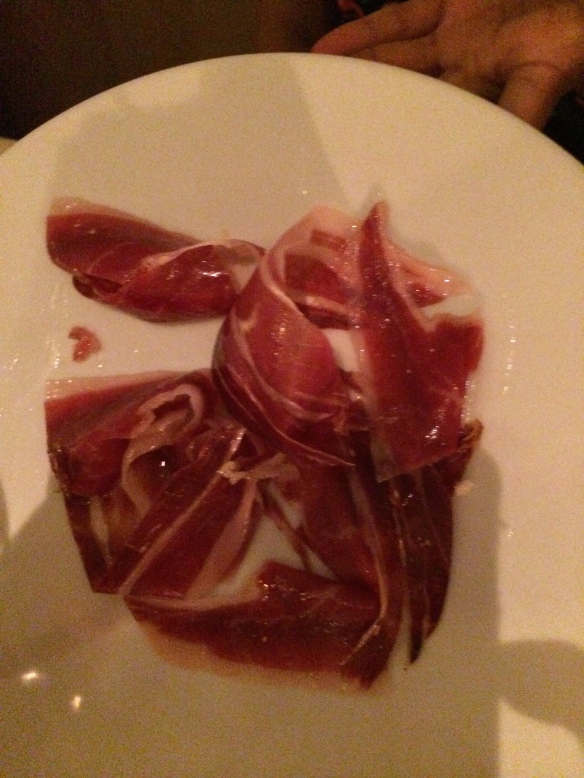
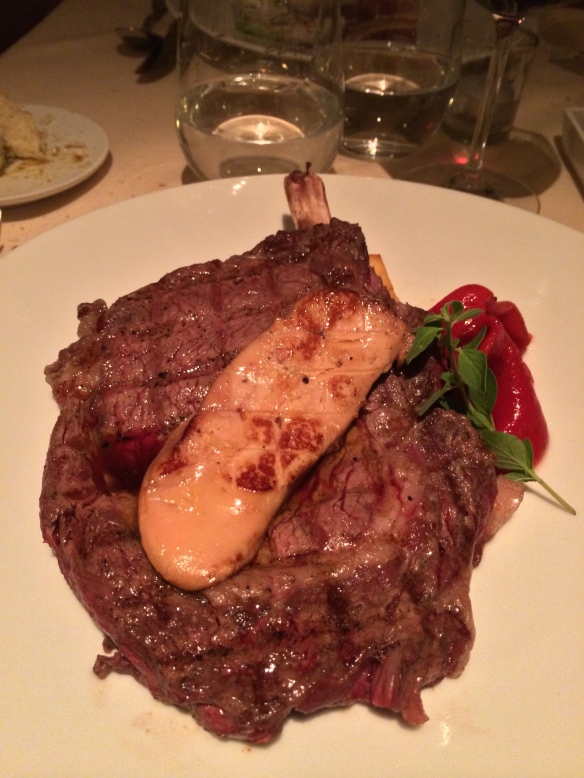



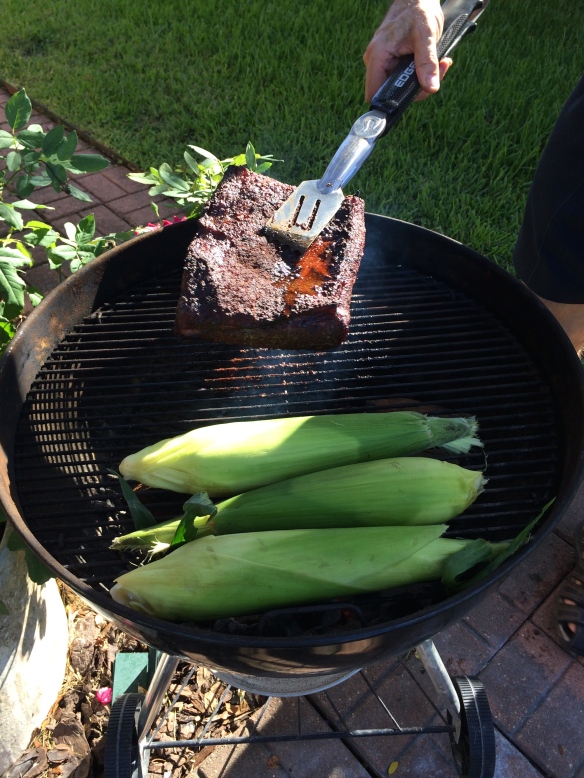
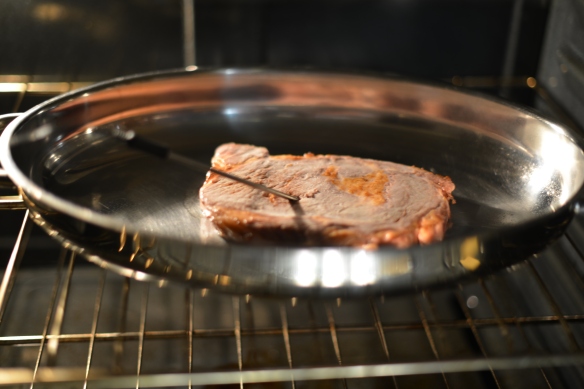
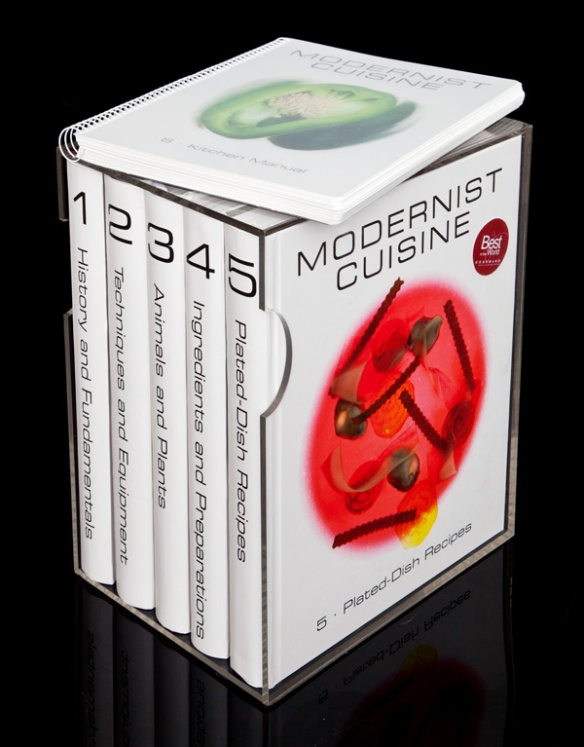


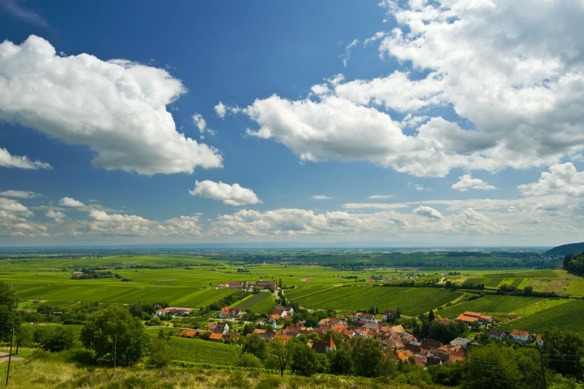
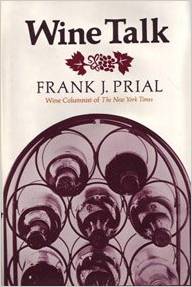


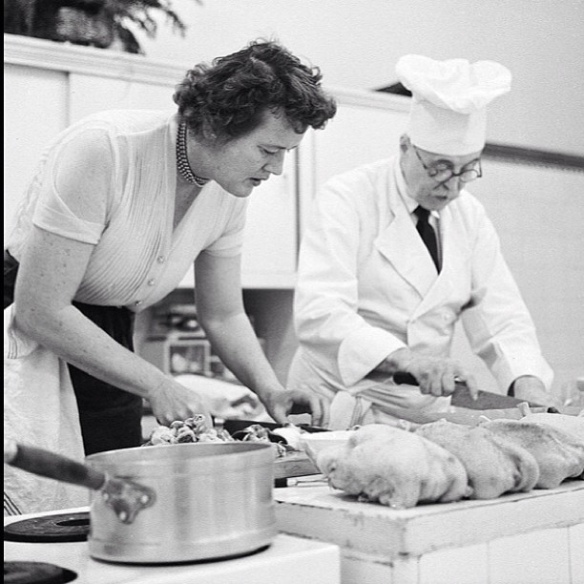

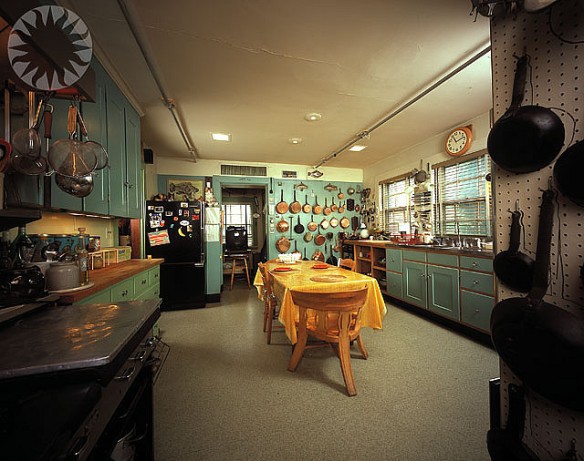

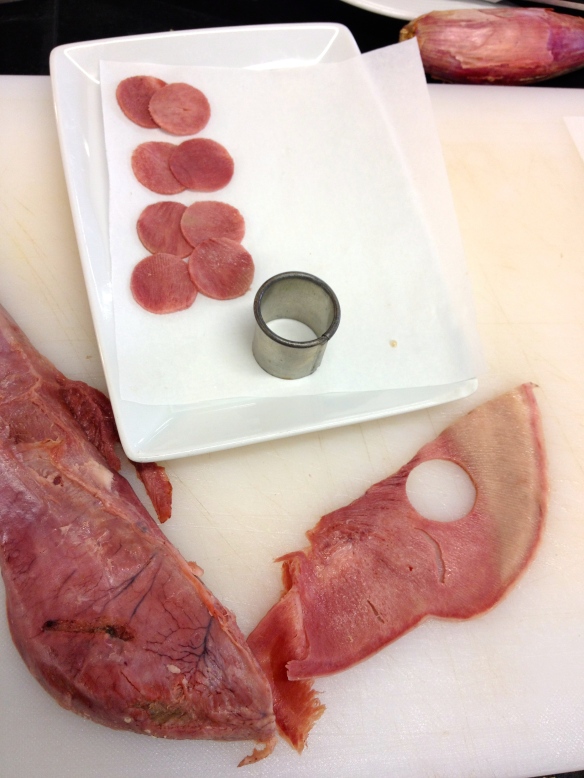





























Recent Comments